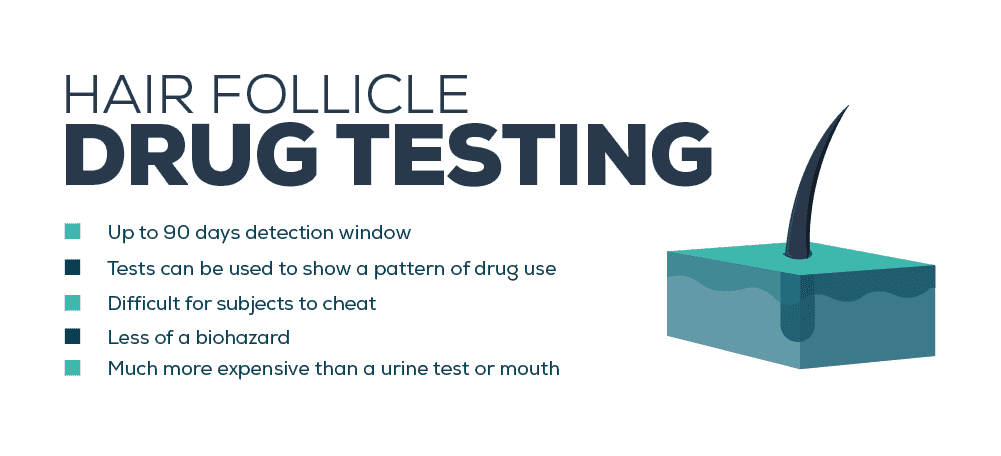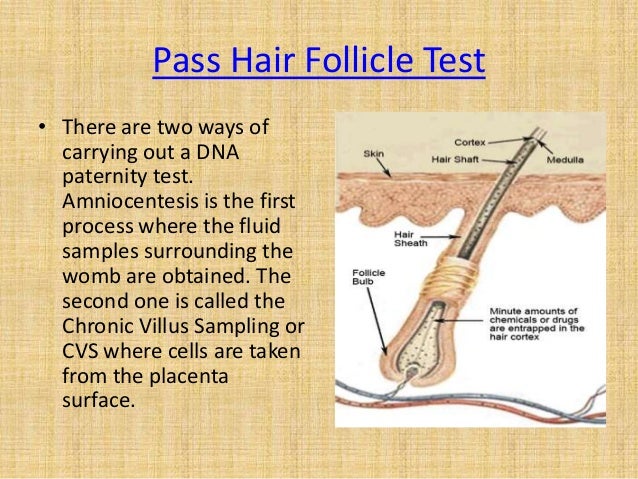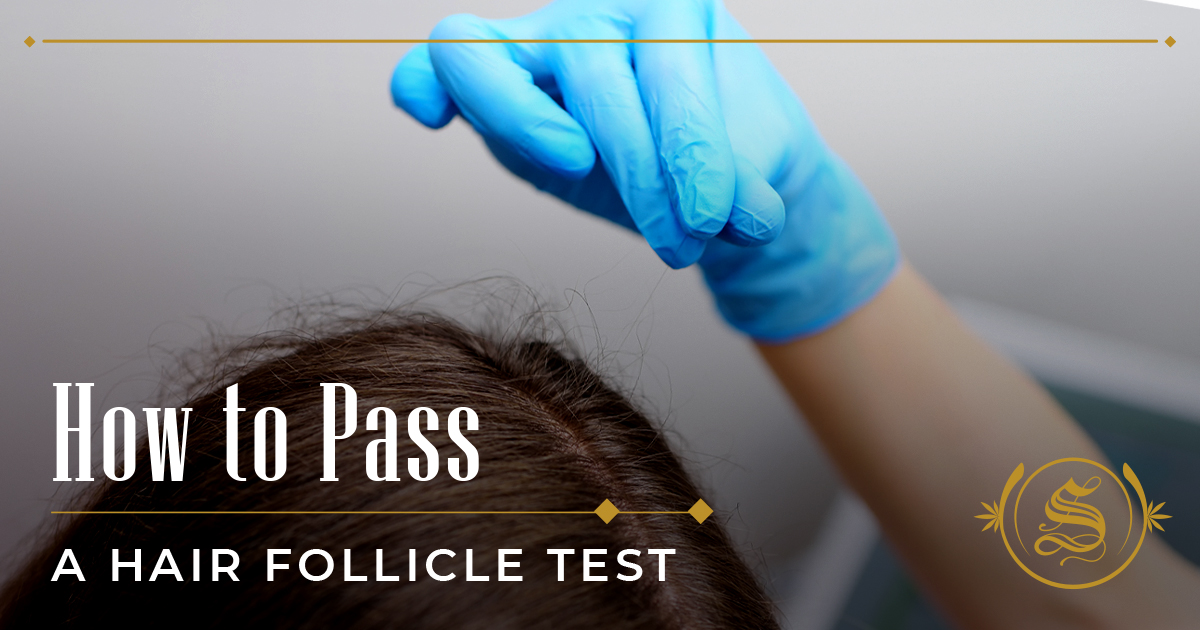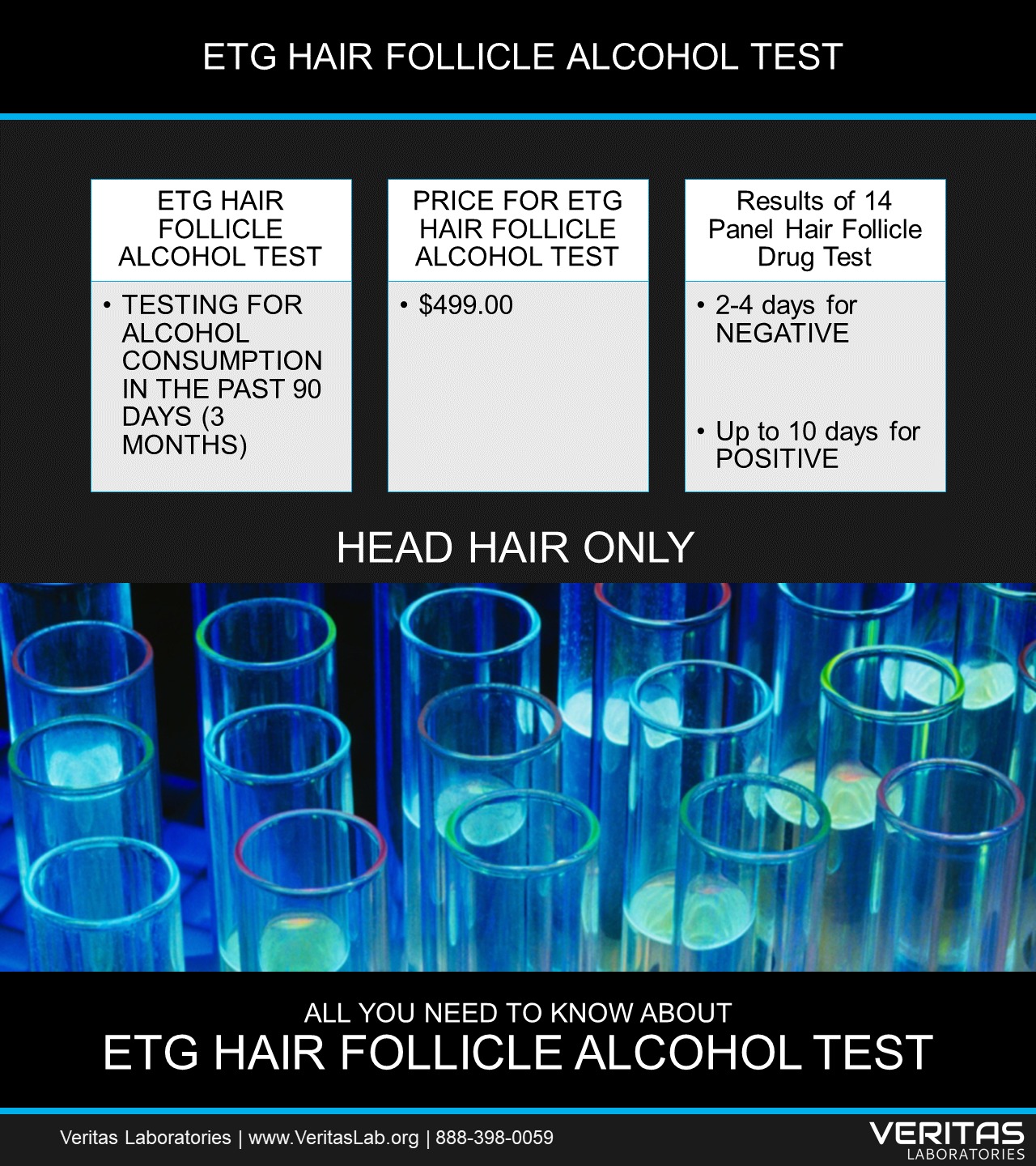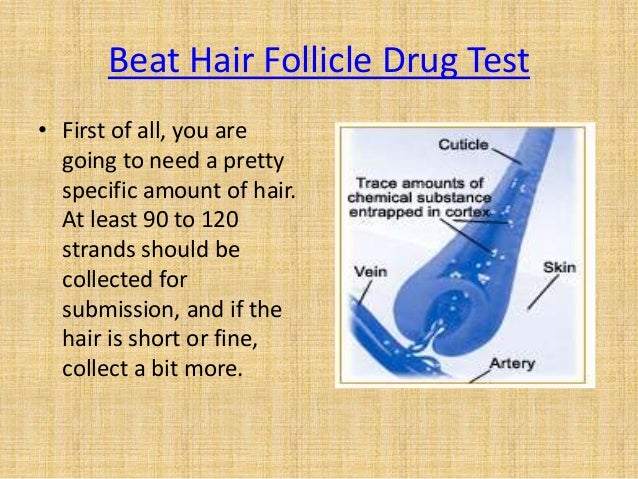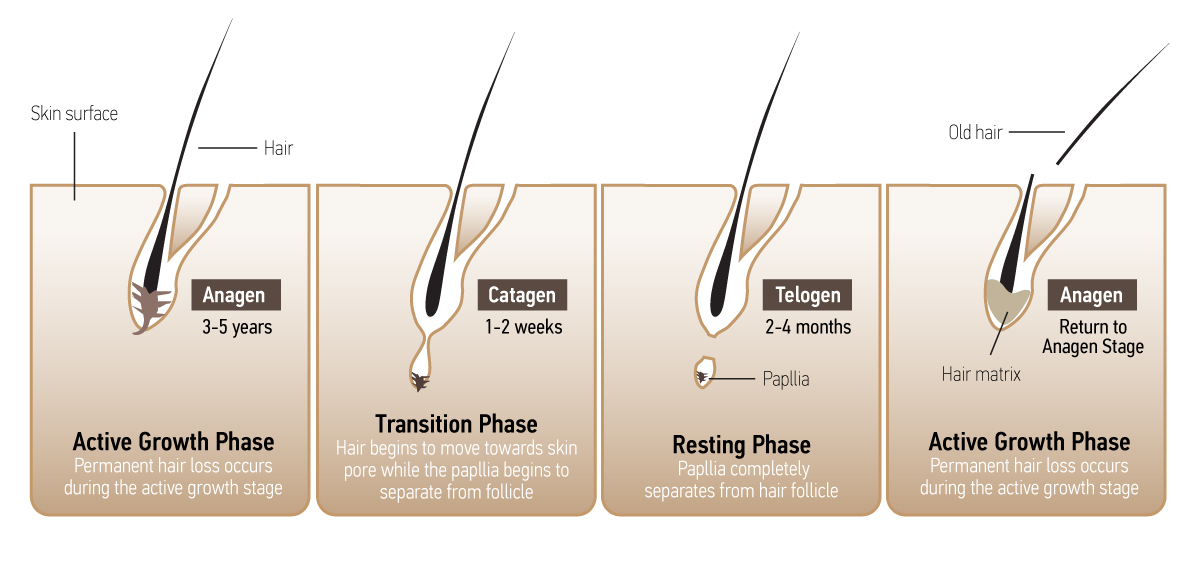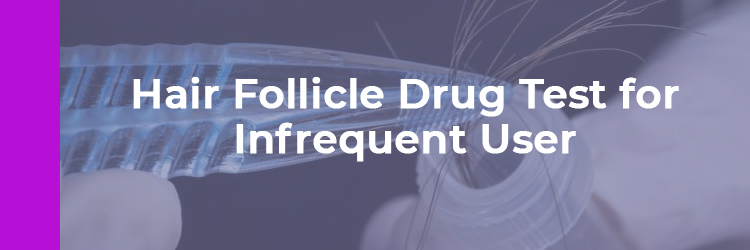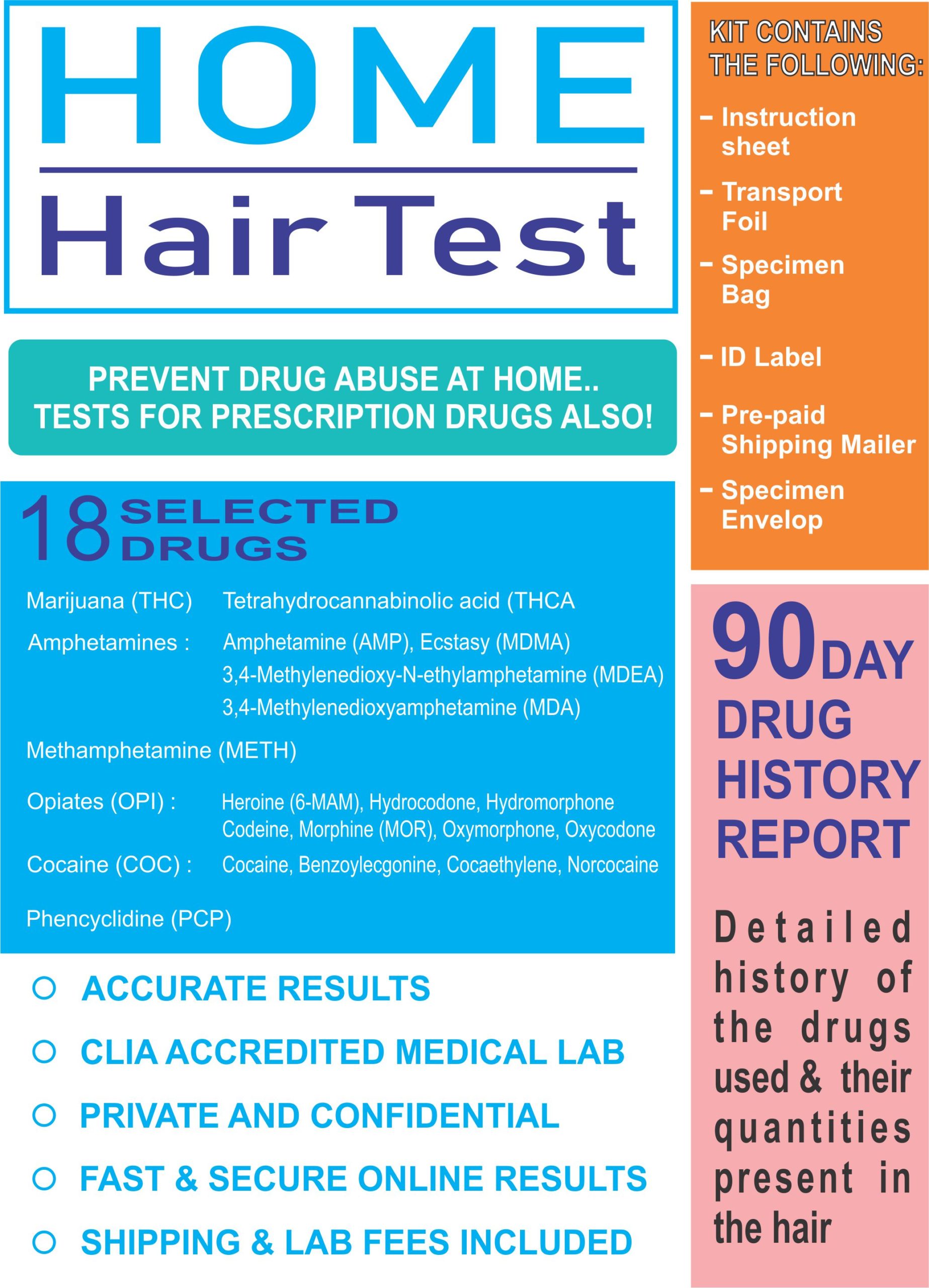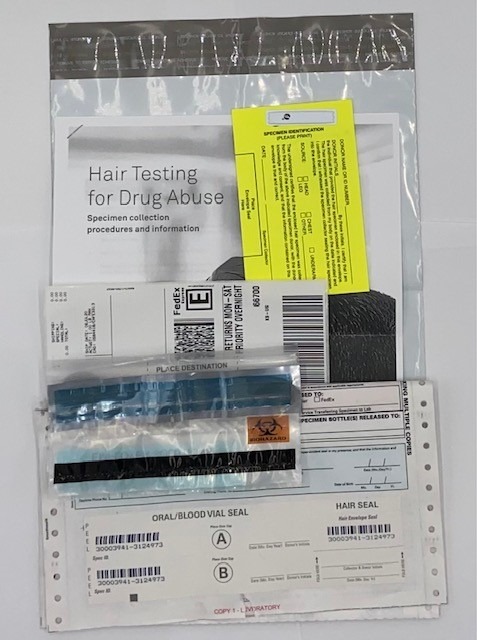Does Delta 9 Show Up On Hair Follicle Test
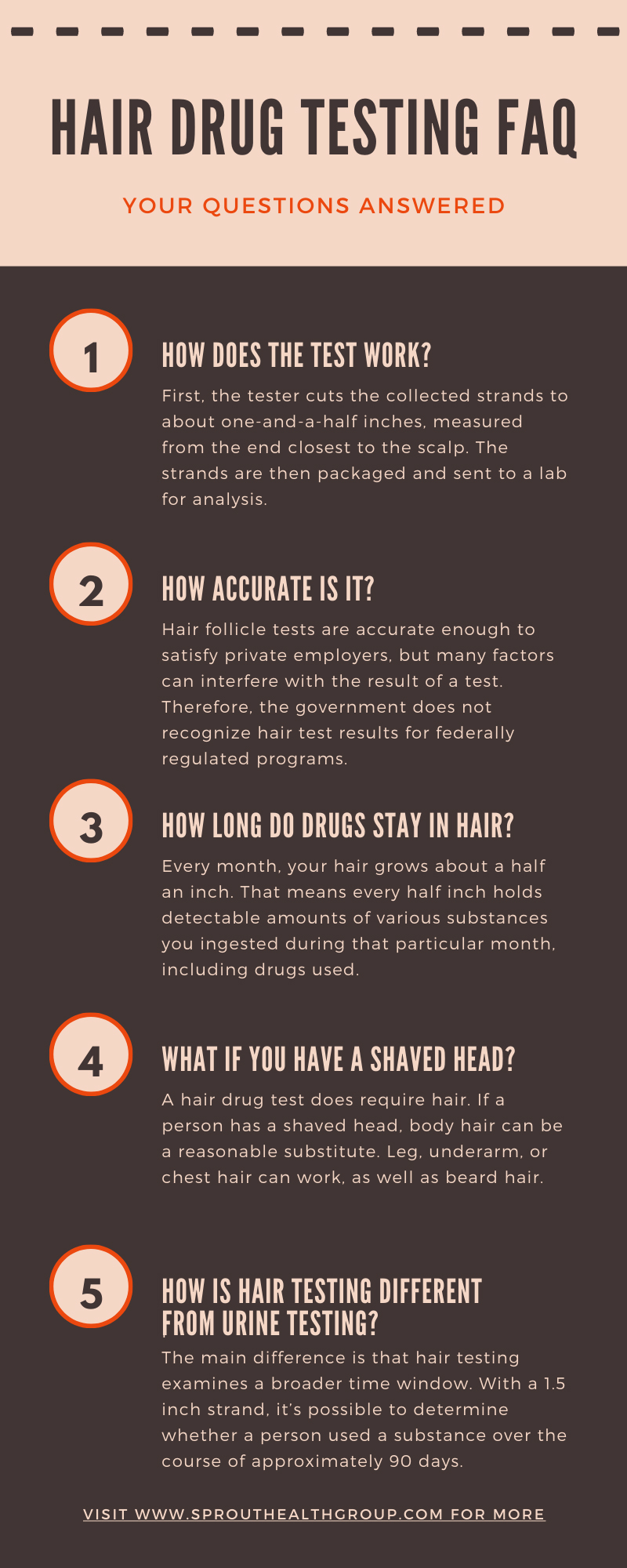
In an era where drug testing is commonplace for employment, legal proceedings, and various other evaluations, understanding the detection windows of different substances is crucial. A particularly pertinent question revolves around Delta 9 THC, the primary psychoactive compound in cannabis, and its detectability via hair follicle testing.
This article will delve into whether Delta 9 THC, and its metabolites, can be detected through hair follicle tests, exploring the science behind these tests and the factors influencing their accuracy. It will also explore the implications for individuals who may be subject to such testing.
Hair Follicle Testing: The Basics
Hair follicle testing is a method of drug screening that analyzes hair strands to identify past drug use. Unlike urine or blood tests that typically detect recent drug use, hair follicle tests offer a longer detection window, generally up to 90 days or even longer, depending on the length of the hair sample analyzed.
The process involves analyzing a small sample of hair, usually about 1.5 inches in length, cut close to the scalp. Drugs and their metabolites are incorporated into the hair shaft as it grows.
How Hair Follicle Tests Work
When a person consumes drugs, the substances circulate in the bloodstream. As hair grows, these substances and their metabolites are deposited into the hair shaft via the blood vessels surrounding the hair follicle.
Laboratory analysis involves dissolving the hair sample and using sophisticated techniques such as gas chromatography-mass spectrometry (GC-MS) or liquid chromatography-mass spectrometry (LC-MS) to identify and quantify the presence of specific drugs or their metabolites.
Delta 9 THC and Hair Follicle Detection
The question of whether Delta 9 THC can be detected in hair follicle tests is complex. While technically feasible, the detection of Delta 9 THC itself is not as reliable as detecting its primary metabolite, THC-COOH (11-nor-9-carboxy-delta-9-tetrahydrocannabinol).
THC-COOH is a non-psychoactive metabolite that is stored in fatty tissues and gradually released into the bloodstream, making it a more stable and detectable marker for cannabis use.
However, several factors can influence the reliability of Delta 9 THC and THC-COOH detection in hair.
Factors Influencing Detection
Several factors impact whether Delta 9 THC or THC-COOH will be detected in a hair follicle test.
Firstly, the frequency and amount of cannabis consumed play a significant role. Heavy and frequent users are more likely to have detectable levels compared to occasional users.
Secondly, environmental contamination can affect results. Exposure to secondhand cannabis smoke could potentially lead to trace amounts of THC being absorbed into the hair, resulting in a false positive.
Thirdly, individual metabolism and hair characteristics (such as hair color and texture) can influence the uptake and retention of drugs in the hair shaft. Darker and coarser hair tends to bind more substances than lighter, finer hair.
"It is crucial to consider these factors when interpreting hair follicle test results, as false positives or negatives can have significant consequences," says Dr. Emily Carter, a toxicologist specializing in drug testing.
Reliability and Accuracy
Hair follicle tests are generally considered more reliable than urine tests for detecting long-term drug use. However, they are not without limitations.
One major concern is the potential for external contamination, which can lead to false positives. Laboratories employ rigorous washing procedures to minimize this risk, but it remains a factor.
Another challenge is standardization. Different laboratories may use different cutoff levels and testing methodologies, leading to variability in results. Quality control and accreditation processes are essential to ensure accuracy and consistency.
Legal and Ethical Considerations
The use of hair follicle testing raises several legal and ethical considerations. Privacy concerns are paramount, as these tests reveal information about an individual's past drug use, which could have implications for employment, insurance, and other aspects of life.
In some jurisdictions, laws may restrict the use of hair follicle testing in certain situations or require specific procedures to protect individuals' rights. It's essential for employers and testing agencies to comply with all applicable regulations.
Furthermore, the potential for bias and discrimination based on race or socioeconomic status is a concern, given that hair characteristics can influence test results.
Conclusion
In conclusion, while Delta 9 THC and its metabolite, THC-COOH, can be detected in hair follicle tests, the reliability of detection is influenced by various factors, including usage patterns, environmental exposure, and individual characteristics.
Hair follicle tests offer a longer detection window compared to other methods, but they are not infallible. Understanding the limitations and potential for inaccuracies is crucial when interpreting results and making decisions based on them.
As drug testing technologies continue to evolve, it's essential to stay informed about the latest advancements and best practices to ensure fairness and accuracy in the testing process.
